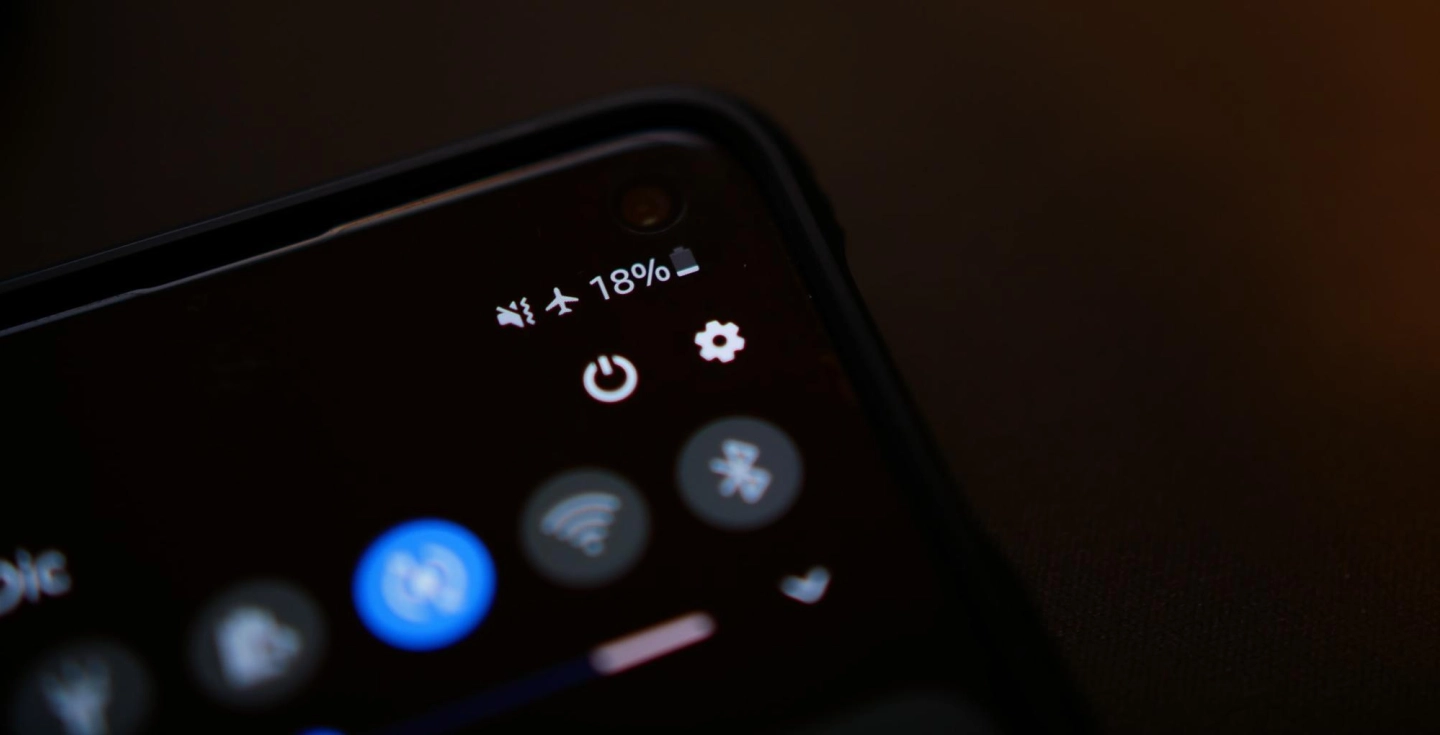Dark mode has become a key trend across the market. Also referred to as “night mode,” the phrase describes an interface option available on browsers, operating systems, apps and websites that allows a user to switch a background from light to dark. It’s hard to pinpoint when exactly dark mode was introduced but by 2020, Google, Instagram and other prime players followed Apple and Android and switched to dark mode vs light mode.
So why has dark mode become so popular? Which mode is better for you and why?
The rise of dark mode:
Dark mode used to be default. Some of the earliest home computers used monochrome CRT monitors, which displayed green text on a black screen. Early word processors displayed white text on a black background.
In the 80’s all this changed. Word processing machines were made with white screens and black text to imitate the look of ink on paper, managing our expectations for how we would usually view information.

Which is better for UX?
In recent years the use of dark mode has increased in mobile and desktop applications. Dark interface modes are designed to display less light than a light interface to reduce eye strain and positively affect vision. Dark mode is also reported to extend battery life. But does it deliver?
Eye health
Primarily, if there is an abrupt change in contrast your eyes will tire more easily and this could lead to discomfort and headache from eye strain.
We know that extremely bright colours and dazzling white light is irritating to the eyes. Imagine a torch full beam in your face, your eyes respond to bright light monitors in the same way. It is suggested that calmer or darker tones are more convenient for our perception and irritate the eyes less. Therefore you would assume that a darker screen protects eyes in bright environments like an office space. In a dark environment, a dark screen would have no glare to irritate the eye, however the lack of light could also cause the eye to strain and tire. Bright screens in high-contrast lighting environments are also harmful – viewing a bright screen in a dark room would have the same effect. This could also reduce vision. It is recommended that decreasing the brightness of screens towards the evening is the optimum way of preventing eye strain- light mode by day, dark mode by night.
Battery life
It is reported that dark mode reduces energy use and saves battery life, however this is only really true for premium devices that have OLED displays, since the displays do not cast light from black pixels.
Most devices use backlit LED screens which use the same amount of energy to project black as they do white; meaning only a small minority of people benefit from dark mode

Does dark mode affect productivity?
It is suggested that our brains and eyes prefer to view dark on light backgrounds; in the natural world there are few instances when bright objects appear against a dark backdrop and so our eyes have evolved to comprehend dark on light. Dark mode therefore makes the brain work harder to understand what your eyes are seeing and by extension, your comprehension is slower. Thus: you become less productive.
At the University of Passau in Germany, Susanne Mayr carried out several studies that found that subjects made more errors when using a dark background. In contrast, subjects had a higher reading comprehension when reading black text on a white background. [Read more on this in Wired’s article here]
Research suggests that while dark mode won’t boost productivity; for designers, artists or animators, editing images when using a black background emphasises the graphics on display, helping the user focus.